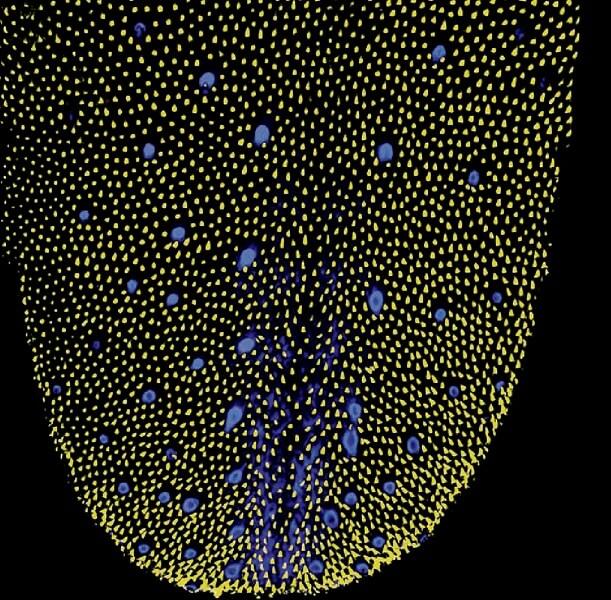Anosmia (Loss of Smell)

Overview
Acquired anosmia describes the condition where an individual loses their ability to smell, a loss stemming from damage to the first cranial nerve, also known as the olfactory nerve and the olfactory bulb. Anosmia often presents as an early symptom of a rare neurological disorder, Superficial Siderosis (SS), with a typically slow but steady progression.

At the onset, anosmia may manifest as perceiving unpleasant odors or phantom smells. However, over time, the dysfunction of your olfactory receptor neurons — the nerve cells in your nose that allow you to smell — leads to the complete loss of the sense of smell.
The olfactory system plays a significant role in our perception of the various flavors in our food. While anosmia doesn’t affect the taste buds on your tongue — meaning you can still distinguish basic tastes like salty, sweet, bitter, sour, and umami — it does rob you of the ability to appreciate the subtler nuances of flavor. For example, if you were to eat chocolate ice cream with your eyes closed, as a person with anosmia, you might describe it as cold, sweet, soft, and creamy, but without your sense of smell, you wouldn’t be able to identify it as chocolate.

The first cranial nerve is responsible for qualitative odor sensations, like flowers’ fragrance or fresh-cut grass’s smell. In contrast, the fifth cranial nerve, or the trigeminal nerve, plays a role in perceiving sensory overtones of smell like warmth, coolness, sharpness, and irritation. A strongly smelling substance like onion or ammonia triggers a physical response via this nerve. For instance, deeply inhaling the smell of a cut onion can make your eyes water.
Interestingly, even if you progress to complete anosmia, you can still perceive sensations such as stinging, burning, cooling, and sharpness through the nerve endings in your tongue. This is because other nerves, including the fifth cranial nerve, convey these sensations, not the olfactory nerve. Dysfunction of the fifth cranial nerve that connects to the tongue is extremely rare. The combined loss of taste and smell is a distinct condition known as ageusia.